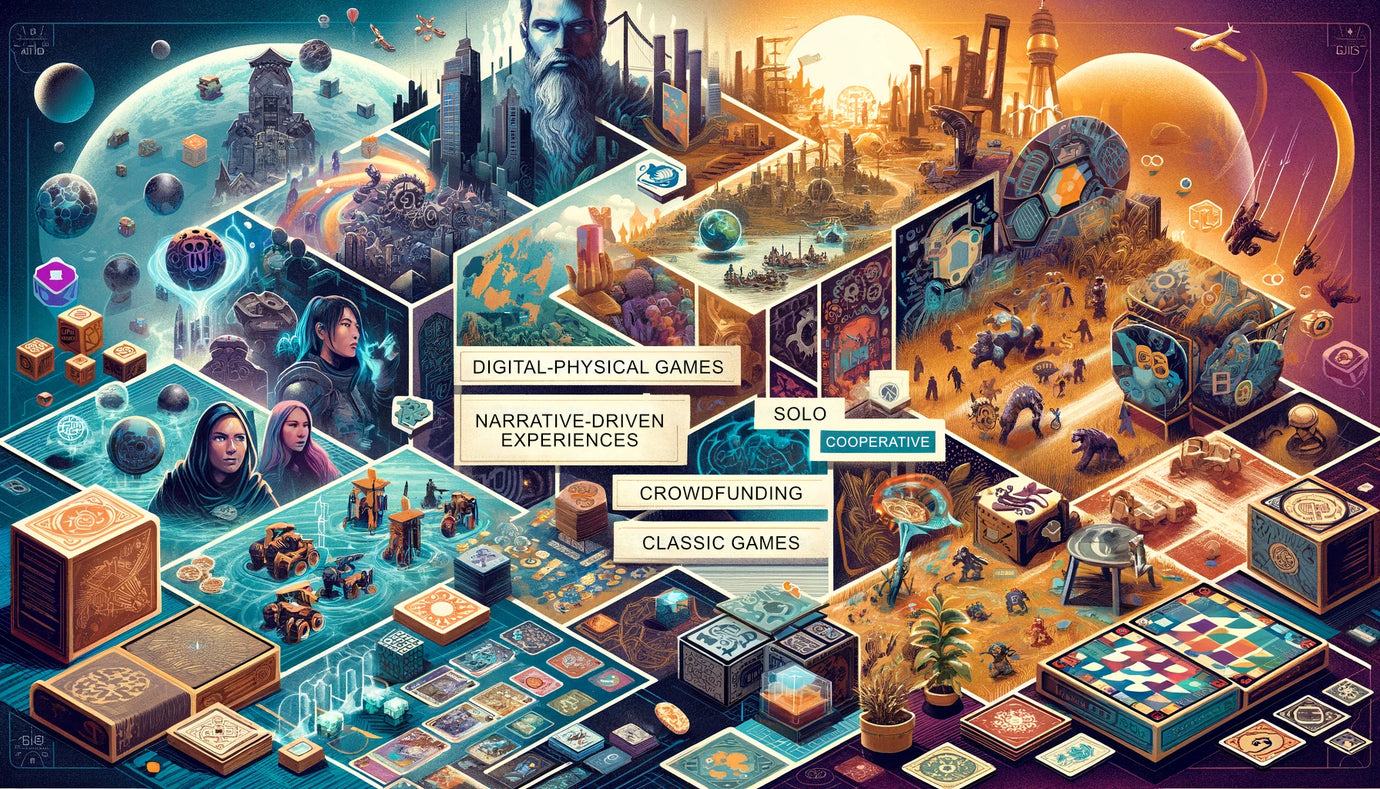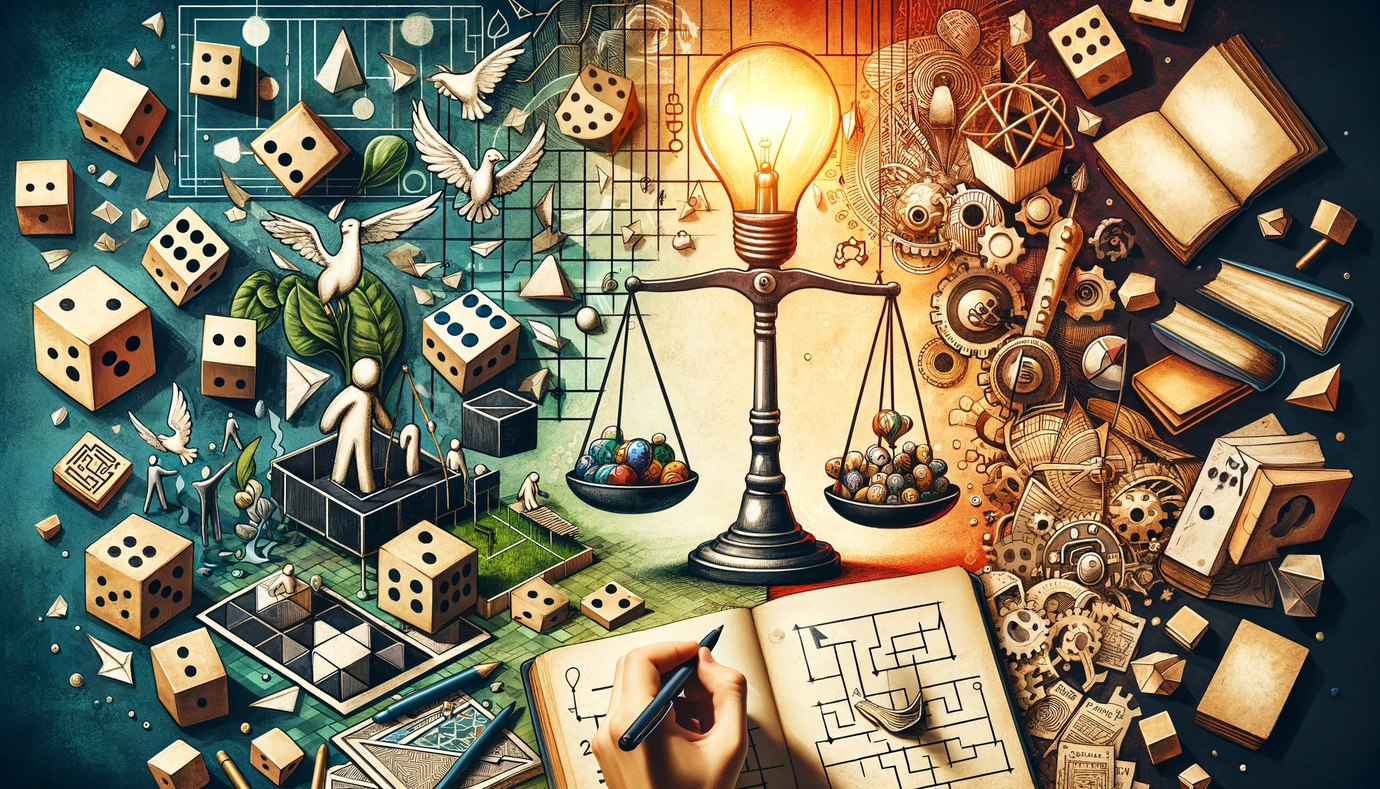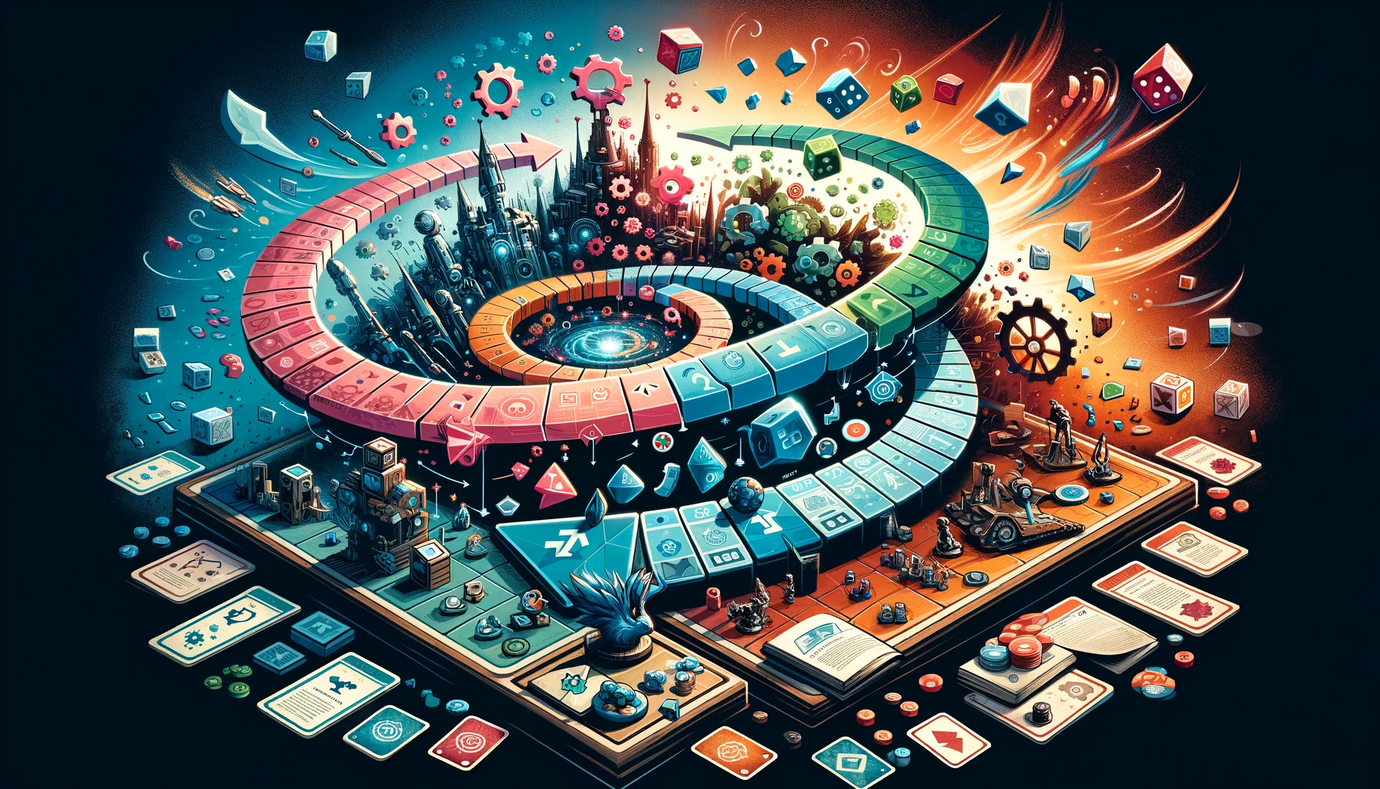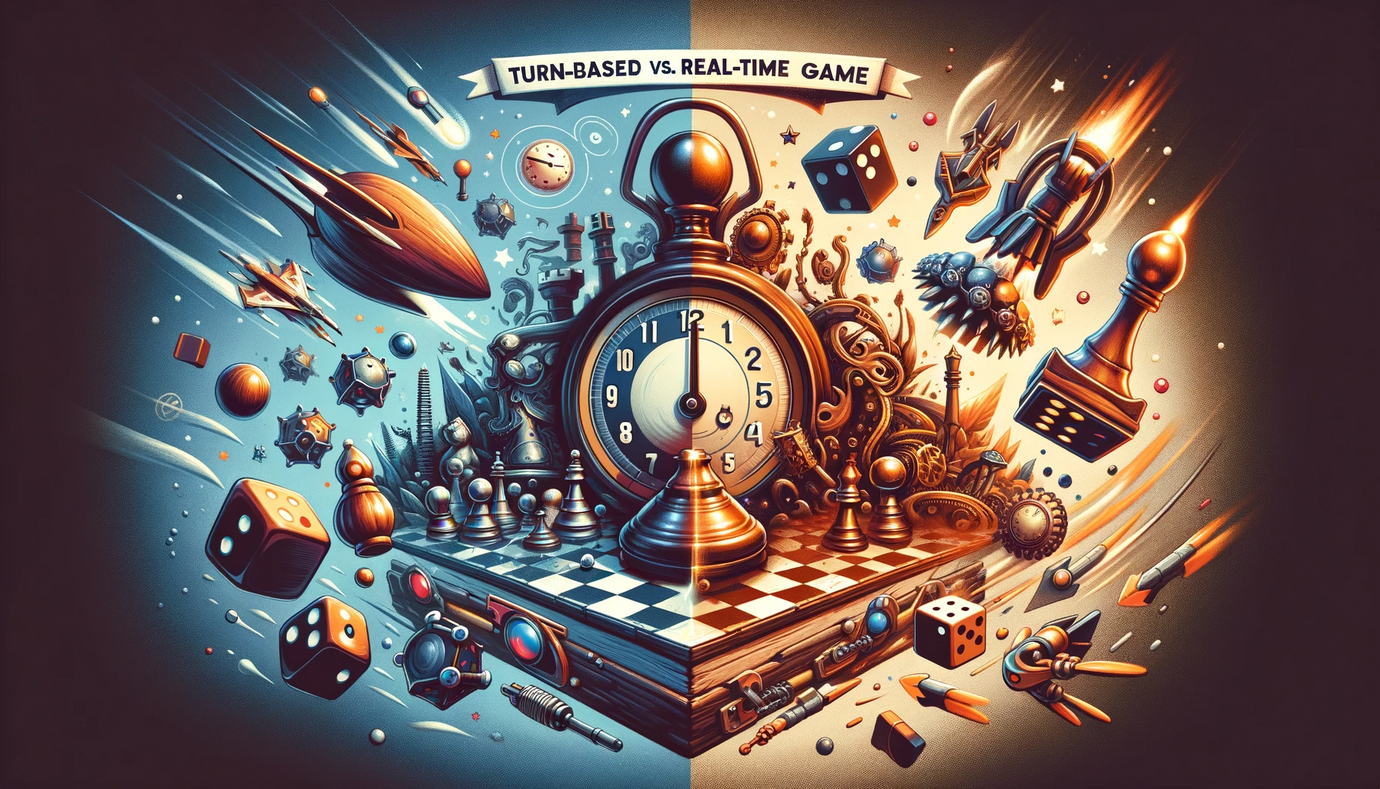Card Game Design Essentials: Building the Foundation
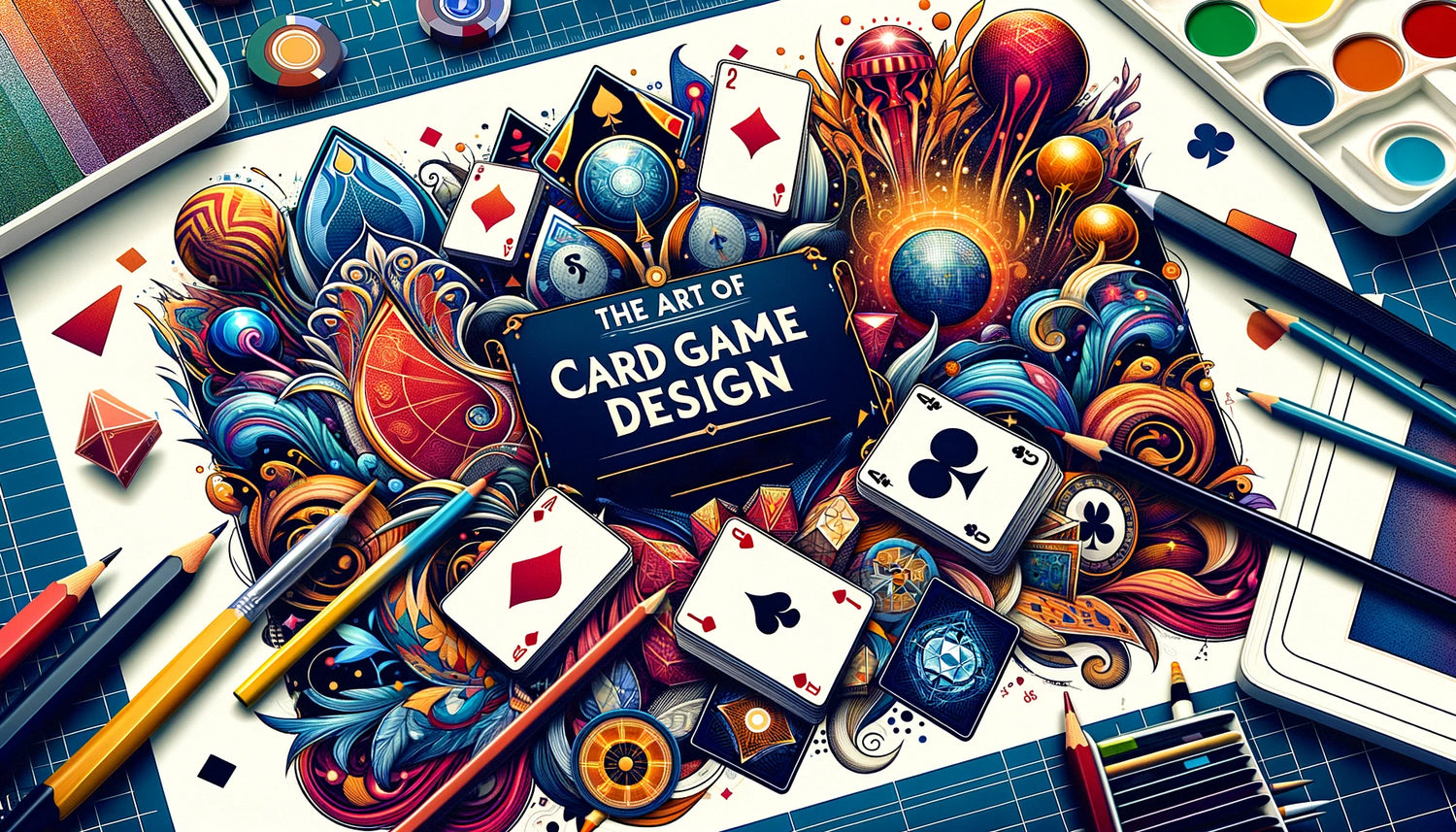
Introduction
Designing a card game is an art that combines creativity, strategy, and understanding of player dynamics. Whether you're envisioning a fast-paced family game or a deep strategic experience, the foundation of your card game is crucial for its success. This blog post will guide you through the essential elements of card game design, offering a roadmap for building a compelling and enjoyable game.
Understanding the Core of Card Game Design
At its heart, card game design involves creating a set of rules and interactions centered around a deck of cards. These cards are the primary tools with which players will engage, strategize, and ultimately seek to achieve the game's objectives.
1. Define the Game's Objectives
Clarifying Win Conditions: Your first step is to define what constitutes winning the game. Is it accumulating points, completing a set of cards, or defeating opponents?
Aligning Objectives with Gameplay: Ensure your game's objectives align with its mechanics and play style. The objectives should offer a clear direction and purpose to the players.
2. Developing the Card Mechanics
Card Functions: Determine what roles cards will play in your game. Will they represent resources, actions, characters, or something else?
Interactions and Combinations: Design how cards will interact with each other and the game's environment. This includes considering card combinations, counters, and synergies.
3. Balancing Simplicity and Complexity
Ease of Understanding: A successful card game strikes a balance between being easy to learn and offering depth in strategy. The rules should be straightforward, but the gameplay should offer meaningful choices.
Depth of Strategy: Provide players with a range of strategic options. This can be achieved through various card effects, combinations, and play styles.
4. Designing the Deck
Size and Composition: Decide on the size of the deck and the composition of the cards. This includes the number of each type of card and how they are distributed.
Variability and Replayability: Ensure your game has enough variability. A well-designed deck offers different experiences in each playthrough.
5. Creating Card Layout and Artwork
Card Layout: Design a clear and functional card layout. Important information should be easily accessible, and the design should enhance the game's theme.
Artwork and Theme: Engage players with visually appealing artwork that complements the game's theme. Artwork can greatly enhance the appeal and immersion of a card game.
6. Rules and Structure
Writing the Rulebook: Develop a clear and concise rulebook. The rules should cover all possible scenarios and be easy to reference.
Game Structure: Outline the structure of a game round or turn. A well-defined structure provides a smooth gameplay experience.
7. Playtesting and Iteration
Early Playtesting: Test your game early in the design process. This helps identify any issues with mechanics or balance.
Gathering Feedback: Collect feedback from a variety of players. Different perspectives can highlight different aspects of your game.
Iterative Design: Be prepared to revise your game based on playtesting feedback. This may involve tweaking card effects, rules, or even the game's objectives.
8. Refining the Game
Balancing: Continuously work on balancing your game. This includes ensuring no single strategy or card is overwhelmingly powerful.
Pacing and Duration: Adjust the game to have a suitable pace and duration. The game should be engaging from start to finish without overstaying its welcome.
9. Production Considerations
Quality of Materials: Consider the quality of cards and packaging. Durable, high-quality materials can enhance the game's appeal and longevity.
Manufacturing Costs: Keep an eye on manufacturing costs, especially if you plan to sell your game. The production cost will affect your pricing and margins.
10. Final Steps and Launch
Finalizing the Game: Once your game is thoroughly tested and refined, finalize all elements, including the rulebook, card design, and packaging.
Publishing Options: Explore options for publishing your game. This could include self-publishing, finding a publisher, or using crowdfunding platforms.
Card game design is a journey of creativity, strategic thinking, and refinement. By focusing on clear objectives, engaging mechanics, thoughtful design, and thorough testing, you can create a card game that captivates and entertains players. Remember, the key to a successful card game lies in its ability to offer an enjoyable, immersive, and replayable experience.




